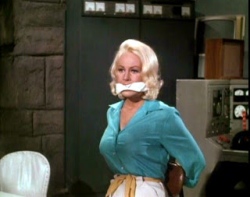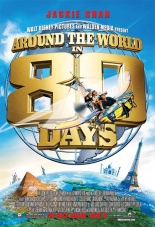
 Too bad it bombed, because Around the World in 80 Days, an adaptation of Jules Verne’s classic novel, is one of the most purely enjoyable American vehicles for Jackie Chan. On the run after stealing his village’s one-of-a-kind jade Buddha from the Bank of London, Chan’s Passepartout finds a convenient hiding place as a valet to eccentric inventor Phileas Fogg (Steve Coogan, Tropic Thunder). When Fogg accepts a career-on-the-line bet to traverse the globe in 80 days, Passepartout sees the trip as a great way to evade authorities.
Too bad it bombed, because Around the World in 80 Days, an adaptation of Jules Verne’s classic novel, is one of the most purely enjoyable American vehicles for Jackie Chan. On the run after stealing his village’s one-of-a-kind jade Buddha from the Bank of London, Chan’s Passepartout finds a convenient hiding place as a valet to eccentric inventor Phileas Fogg (Steve Coogan, Tropic Thunder). When Fogg accepts a career-on-the-line bet to traverse the globe in 80 days, Passepartout sees the trip as a great way to evade authorities.
No matter where they go, they’re pursued by policemen, not to mention the occasional ninja. Picking up a French painter for whom Fogg has an eye (the cute but annoying Cécile De France, Hereafter), the pair finds adventure going country to country, continent to continent, whether by air, land or sea. Said adventures include meeting an egotistical Turkish prince (Arnold Schwarzenegger) who’s on the prowl for a seventh wife, running into the Wright Brothers (an ad-libbing Owen and Luke Wilson) in the middle of the desert and rightfully returning the Buddha to his Chinese village, only to find themselves in the middle of a martial-arts battle, with Sammo Hung as the legendary fighter Wong Fei Hung.
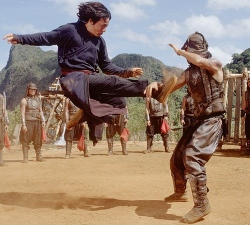 The way the movie plays with various genres, locales and historical characters is undeniably fun, but it’s elevated to another level entirely by Chan’s set pieces. The aforementioned fight that has him squaring off alongside pal Hung is a highlight, as is when he attempts to board a hot air balloon by hanging on to a rope, encountering numerous obstacles in the process, just ripe for his brand of physical comedy.
The way the movie plays with various genres, locales and historical characters is undeniably fun, but it’s elevated to another level entirely by Chan’s set pieces. The aforementioned fight that has him squaring off alongside pal Hung is a highlight, as is when he attempts to board a hot air balloon by hanging on to a rope, encountering numerous obstacles in the process, just ripe for his brand of physical comedy.
Usually family films are seemingly made for only one half of the family: the young one. But 80 Days can be enjoyed by all ages without insulting the older half. Oh, sure, there are obvious slapstick bits to guarantee laughs from the kids, but many of them are carried off with enough skill and comic timing that it was hard to resist them myself. It is an old-fashioned epic adventure that remains true to Verne’s light style while also making for a great and appropriate showcase for the inimitable Chan. My only problem: Where are his trademark end-credit outtakes? —Rod Lott


 Little work is needed by director Henri-Georges Clouzot to make you despise the antagonist of
Little work is needed by director Henri-Georges Clouzot to make you despise the antagonist of 
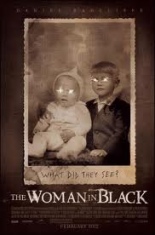
 Among the handful of movies released by the late-aughts-resurrected Hammer Films,
Among the handful of movies released by the late-aughts-resurrected Hammer Films, 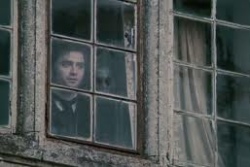

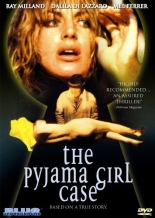
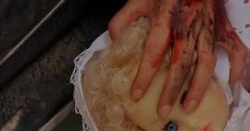
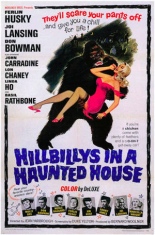
 I hate to spoil it for you, but in
I hate to spoil it for you, but in 